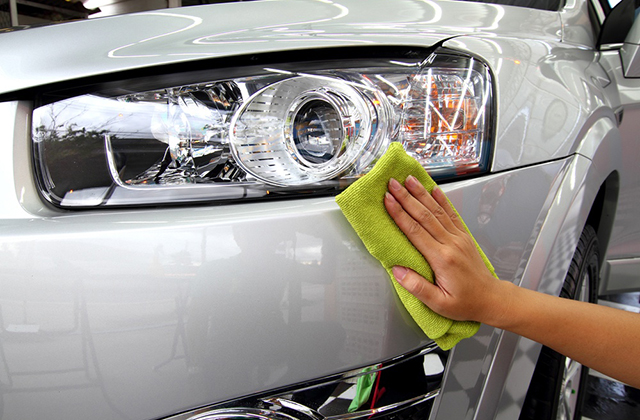Electric Car Components
Your investment matters to you that is why you need to invest in good opti coat interior protection for your car. You have decided to build an electric car. There are a wide variety of electric car components available. Understanding these components and their specific purposes is the first part of building your own. Below is a list of the most common parts that the home electric car builder will need to build a car that meets the needs of the average driver.
Electric Motor
Every electric car needs a motor. Electric motors vary in shape and size, weight and price. They can use AC or DC electricity. A budget builder may choose to use an electric motor from an old forklift or elevator system. There are also lots of electric car-specific motors available for purchase alone or as part of a kit. You will need to choose a motor that will suit your needs for performance and budget.
Motor Controller
The purpose of the motor controller is to adjust the speed at which the motor spins. If 120V were applied directly to an electric motor for example, it would run at full speed. There needs to be a means of adjusting the output of the motor and this is precisely what the motor controller is for. It allows the motor to run at any speed between zero rpm and its max rpm. This part can also be salvaged either from a forklift or golf cart.
Throttle Pot Box
A pot box is a small part that connects to your stock throttle cable. When you push on your throttle, the pot box sends a signal corresponding to the amount of pressure you’re putting on the pedal to the controller which then sends the proper power to the motor.
Adapter Plate
The adapter plate mates the electric motor to a stock transmission. These can be bought for any commonly converted vehicle. Most EV-specific motors have a standard bolt pattern so most adapter plates will work with most motors. If you use a motor from a forklift you will need to have an adapter plate custom built or of course if you’re a decent fabricator you can always do this yourself.
Contactor
This is basically a high-voltage relay. It connects your battery pack to the controller when you turn on the key.
Fuse
A fuse will blow and cut power when too much amperage is drawn.
Manual Switch
There needs to be one (or more) manual disconnects for the main battery pack. This way if all else fails you can manually disconnect the power and safely stop the vehicle.
Batteries
There are many different types of batteries available. The type of batteries that you choose will affect your performance and range.
Charger
There are many different types of chargers available and the charger you need will depend on the batteries you use.
DC/DC Converter
The DC/DC converter takes the voltage of your main (traction) battery pack and reduces it to 12V which keeps your 12V battery charged. An electric vehicle still needs an 12V battery to power all the lights, stereo, horn etc. Keeping this battery charged can be achieved other ways as well. Some EV builders use an alternator that runs off the electric motor and others use a separate 12V charger to charge this battery.
Gauges
You will need to know what’s going on under the hood and this is where your gauges come in. Most basic EV builds use a high-voltage ammeter and voltage gauge (for traction pack voltage) and a low voltage gauge (12V system).
Heater
Although a heater is not necessary to drive the car, it is a creature comfort that we have all become accustomed to. Being that the stock heater in any gasoline car uses heat created by the gasoline engine to heat the cabin, we need to figure out something else to get heat into the vehicle. There are several ways to do this.
Ceramic Element
– This is the most common means of heating an EV. A ceramic element is placed within the heater core or otherwise inside the heater box and powered with the traction pack voltage. The ceramic element basically becomes the heater core and other than a switch required to turn the element on, the system will function as normal.
Fluid Heater
– A fluid heater uses the stock heater core and circulates fluid through it just like the stock system would. The fluid is heated by an electric element and circulated through the heater core by a small pump.
Space Heater
– It is possible to use a small ceramic space heater in the car with an AC power inverter. AC inverters however are quite expensive and this is not typically a cost effective way of heating an EV.
Heated Seats
– Heated seat covers are widely available nowadays and put out a good amount of heat. The air in the car will stay cold but a heated seat can do wonders to make you feel warm.
Heat The Car Prior To Use
– Simply put a space heater in the car for a while prior to use. It will heat the car and stay warm long enough for a short commute.
These are the primary components required to build an electric car at home. There will be other bits and pieces needed along the way but these are the primary components.
Thanks for reading! If you want some more free information on how to build an electric car, check out [http://www.howtoelectriccar.com].
Article Source: https://EzineArticles.com/expert/Michael_I_Greig/1244141
Article Source: http://EzineArticles.com/7304820


